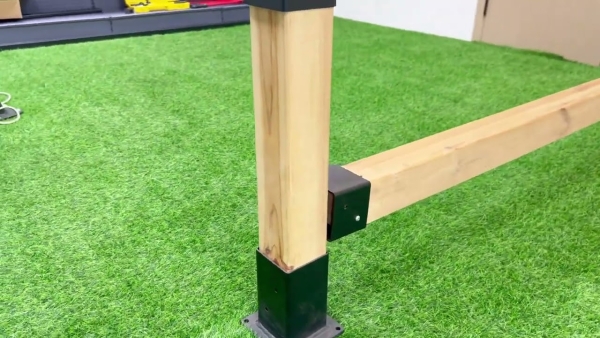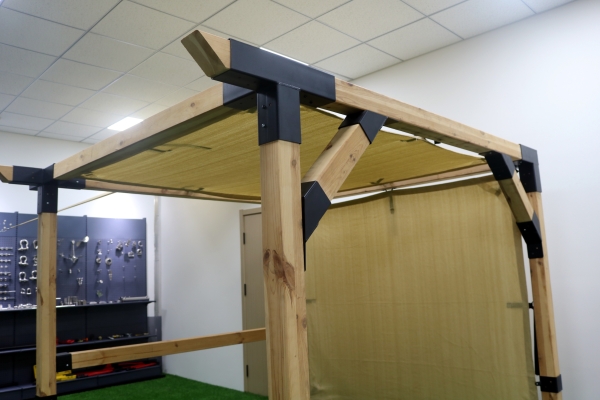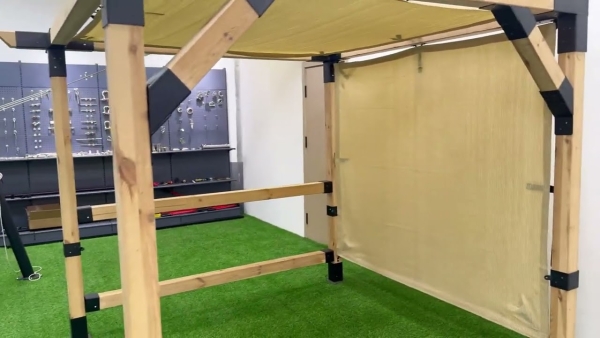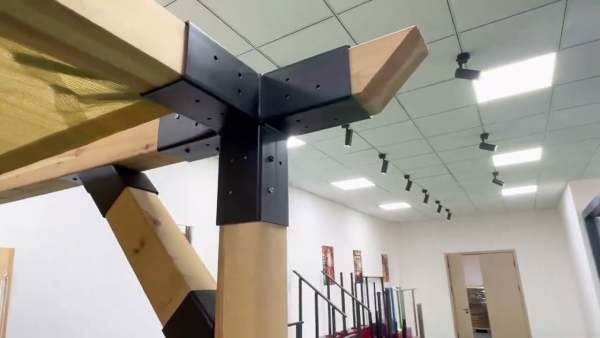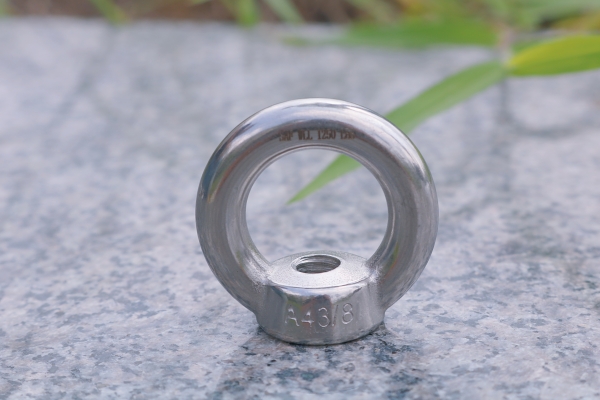تاريخ وأصل البرجولات
خلال عصر النهضة في أوروبا، أصبحت البرجولات شائعة مرة أخرى، حيث أصبح تصميم الحدائق أكثر تفصيلاً ورسمية. غالبًا ما تم استخدام البرجولات لإنشاء مداخل كبيرة للحدائق، بالإضافة إلى توفير الظل في مساحات المعيشة الخارجية. يعكس استخدام البرجولات في حدائق عصر النهضة تأثير العمارة الكلاسيكية ومبادئ التصميم.
في القرنين الثامن عشر والتاسع عشر، استمرت البرجولات في كونها سمة شائعة في الحدائق والمساحات الخارجية، خاصة في أوروبا وأمريكا الشمالية. غالبًا ما كانت البرجولات تستخدم لدعم النباتات المتسلقة، مثل الورود والويستيريا، مما يخلق مظلة علوية جميلة وعطرة. تم استخدام العريشة أيضًا لإنشاء غرف خارجية، مما يوفر مساحة محمية وحميمة لتناول الطعام أو الترفيه أو مجرد الاسترخاء في الحديقة.
اليوم، لا تزال العريشة ميزة شائعة في الحدائق والمساحات الخارجية حول العالم. تأتي العريشة الحديثة في مجموعة متنوعة من الأساليب والمواد، بدءًا من الهياكل الخشبية التقليدية وحتى التصميمات المعدنية الأنيقة. غالبًا ما تستخدم البرجولات لإنشاء مساحات معيشة خارجية، وتوفير الظل والهيكل والجمال للحدائق والباحات والطوابق.
في الختام، يمكن إرجاع تاريخ وأصل البرجولات إلى الحضارات القديمة، حيث تم استخدامها لمختلف الأغراض. الأغراض، بما في ذلك توفير الظل ودعم النباتات المتسلقة وإنشاء مساحات للمعيشة في الهواء الطلق. من مصر القديمة إلى حدائق العصر الحديث، ظلت البرجولات ميزة شائعة ومتعددة الاستخدامات في تصميم المناظر الطبيعية. سواء تم استخدامها لإنشاء ممشى مظلل، أو دعم نباتات التسلق، أو توفير مساحة معيشة خارجية محمية، فإن البرجولات تستمر في تعزيز جمال ووظائف الحدائق والمساحات الخارجية حول العالم.
The word “pergola” is derived from the Latin word “pergula,” which means a projecting eave. The origins of pergolas can be traced back to ancient Egypt, where they were used to provide shade in gardens and outdoor spaces. The ancient Egyptians were known for their love of gardens and outdoor living, and pergolas were a common feature in their landscape design.
From Egypt, the use of pergolas spread to ancient Greece and Rome, where they were used in gardens, public spaces, and even in private homes. The Greeks and Romans were known for their advanced architectural skills, and pergolas were often used to create shaded walkways, outdoor dining areas, and seating areas in their gardens.
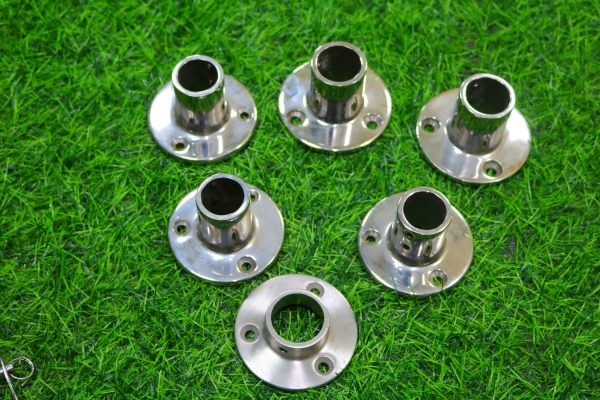
During the Renaissance period in Europe, pergolas became popular once again, as garden design became more elaborate and formal. Pergolas were often used to create grand entrances to gardens, as well as to provide shade in outdoor living spaces. The use of pergolas in Renaissance gardens reflected the influence of classical architecture and design principles.
In the 18th and 19th centuries, pergolas continued to be a popular feature in gardens and outdoor spaces, particularly in Europe and North America. Pergolas were often used to support climbing plants, such as roses and wisteria, creating a beautiful and fragrant canopy overhead. Pergolas were also used to create outdoor rooms, providing a sheltered and intimate space for dining, entertaining, or simply relaxing in the garden.
Today, pergolas continue to be a popular feature in gardens and outdoor spaces around the world. Modern pergolas come in a variety of styles and materials, from traditional wooden structures to sleek metal designs. Pergolas are often used to create outdoor living spaces, providing shade, structure, and beauty to gardens, patios, and decks.
In conclusion, the history and origin of pergolas can be traced back to ancient civilizations, where they were used for various purposes, including providing shade, supporting climbing plants, and creating outdoor living spaces. From ancient Egypt to modern-day gardens, pergolas have remained a popular and versatile feature in landscape design. Whether used to create a shaded walkway, support climbing plants, or provide a sheltered outdoor living space, pergolas continue to enhance the beauty and functionality of gardens and outdoor spaces around the world.

